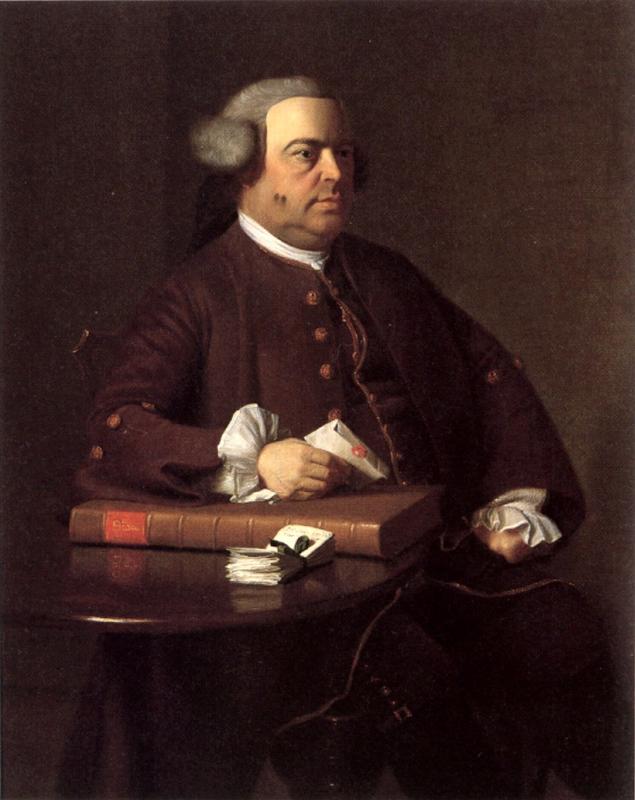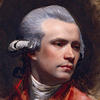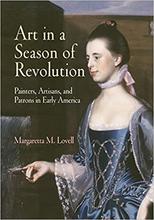More about Nathaniel Allen
- All
- Info
- Shop

Contributor
John Singleton Copley gives us a picture of Nathaniel Allen, and not one inch more than that.
American history is dotted with notable Nathaniel Allens. There's Nathaniel Allen the US Representative, who fought in the War of 1812 and went on to serve the Empire State in Congress from 1819 to 1821. There's Nathaniel Allen the Civil War hero, who risked his life under heavy fire to retrieve his regiment's fallen banner and received the Medal of Honor for his trouble. There's also Nathaniel Allen, the portly rich guy who sold some stuff in Massachusetts before the Revolutionary War and who seems not to have really done a whole lot else. In keeping with painter John Singleton Copley's reputation for avoiding stress by minimizing his involvement with anything remotely interesting, this here is a portrait of Nate #3. (You might seek to excuse Copley by pointing out that he died long before either of the other two guys did anything portrait-worthy, but don't. If he'd been alive he'd still have been too much of a wuss to paint them, and you can tell his heirs we said that.)
Big boring baby or not, Copley certainly earned his reputation as a talented portraitist. He painted what he saw down to the smallest detail, as evidenced here by the giant honking moles he so judiciously includes on Nathaniel Allen's cheek. If you wanted somebody to make you look pretty, you went to a beautician; if you wanted somebody to make you look like you, you went to John Singleton Copley. It wasn't flattering, but it apparently didn't need to be; this one went over well enough that Copley was commissioned to paint Mrs. Allen the same year. It remains unknown whether Copley's dedication to realism stemmed from a deeply-held conviction on his part that art is about capturing truth rather than the ideal, or if it's just because he was such a wilting flower that the notion of having to use his imagination gave him the vapors. Considering the fact that he staged this painting of a rich merchant with a ledger on a table, some envelopes and space that is otherwise 100% empty, though, we're inclined toward the latter.












